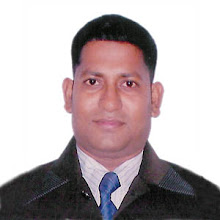Cold-Formed Steel Framework Procedures
In your building project, reinforcements become a necessary part of providing a sound structure. Pre-engineered steel buildings are stabilized by additional bracing and framing components being added to provide additional support.
Terms to familiarize yourself with:
Girts- support the walls of a prefabricated pre-engineered steel structure.
Secondary structurals- Supports and bracings that transfer weight off of primary structures such as columns and beams.
Flange Bracing- Provides indirect support to a primary component.
Purlins- Assist in supporting the framework of the roof.
These reinforcements fortify your steel building after being fastened to projecting beams. They play a critical role in stabilizing your structure. Local buckling can occur with cold-formed steel. As soon as certain stresses such as arching the metal comes into play unless a compression flange is fully restrained, buckling or collapse can occur when experiencing a heavy load. Caution must be exercised in the pre-engineering stage to prevent this from occurring.
A qualified team will plan for all contingencies that might arise within your steel structure. To obtain effective design and manufacturing objectives the team will provide accurate formulas allowing for the highest degree of stress the steel is likely to encounter.
Web Crippling Process- The buckling action that can occur from stress applied to main support attachments. This process can be amplified if lighter gauge steel is used.
Stiffeners- Normally fashioned of plates, channel pieces, or clip angles, stiffeners are vertical angles secured to primary supports such as a rafters, purlins or beams. The stiffener is secured to a rafter in order to spread out the load received initially. Additional design methods support the purlin sideways if such action is required.
A cold-form steel framework requires a great deal of time to finalize, deformities can occur .If you request the use of the sturdier hot-rolled steel process, deformities are rare.
In the cold-formed commercial grade steel framing course, torsional strength can also be unfavorably affected by varying stress distribution. A buckling, twisting and bending collapse of particular structural components can be created under just minimal amounts of stress. With consistent low compressive stresses introduced upon the assembly or with the adjoining of supplemental support systems this situation can be avoided.
Wintry Weather Leads to 100-Vehicle Pileup on Interstate in Michigan - The
New York Times
-
1. Wintry Weather Leads to 100-Vehicle Pileup on Interstate in Michigan The
New York Times
2. Injuries reported after massive pile-up crash c...
2 hours ago


No comments:
Post a Comment